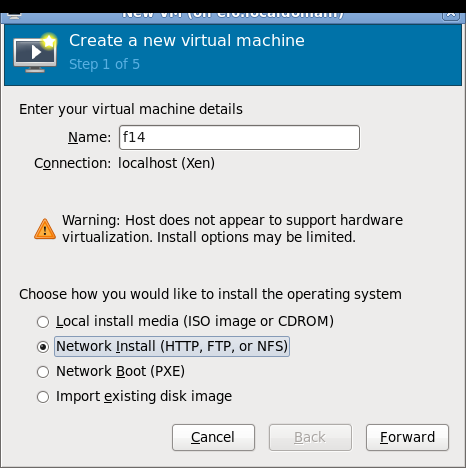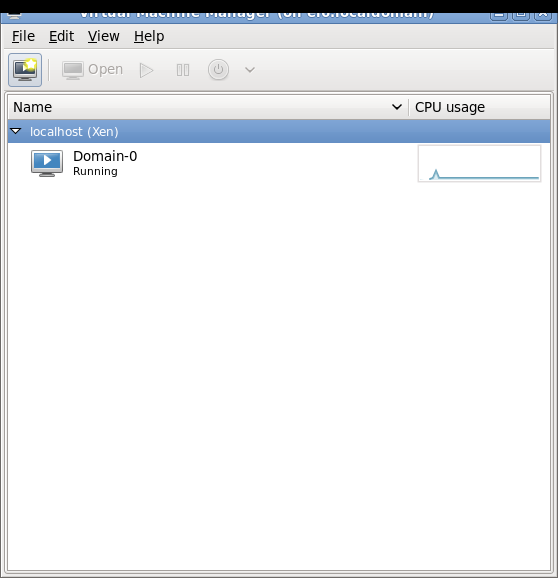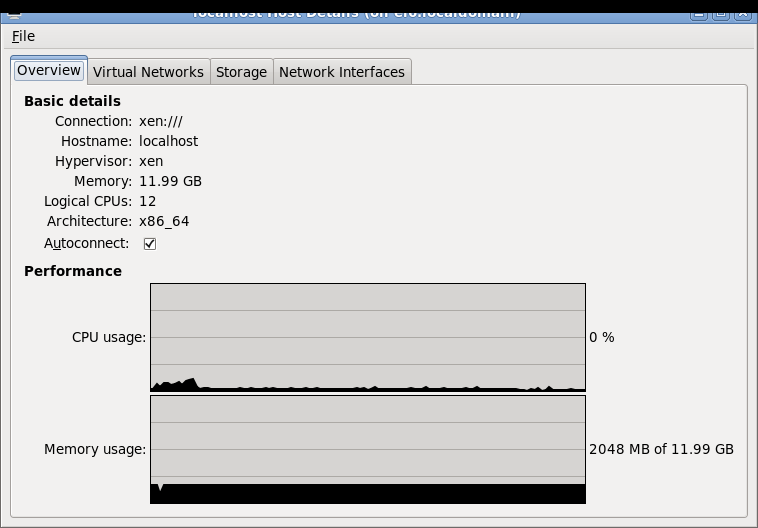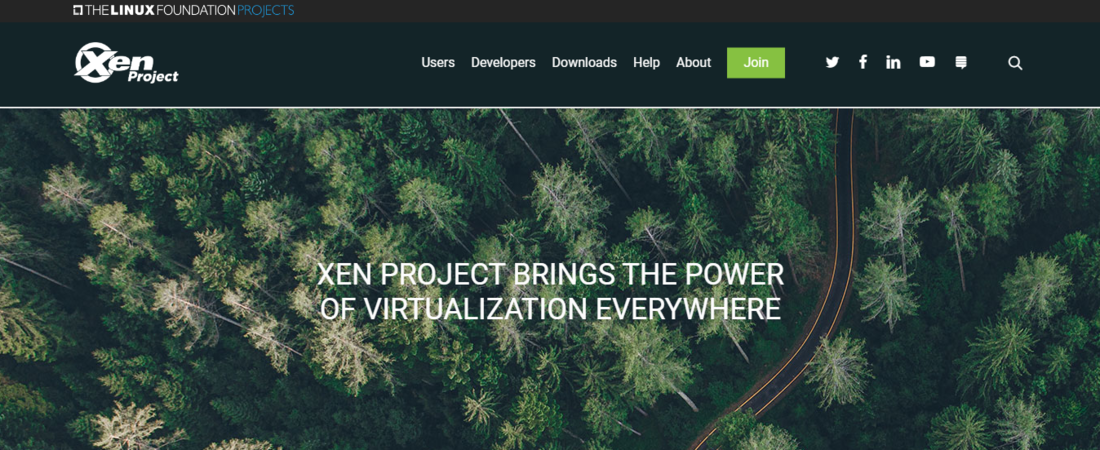TechRadar Verdict
Xen offers great virtualization features, but it’s pretty complex to manage.
Pros
- +
Free to use
- +
High performance
- +
Very customizable
Cons
- -
Consumes CPU resources
- -
Complex user interface
- -
Difficulty managing VMs
Why you can trust TechRadar
Xen started as a research project at the University of Cambridge led by Ian Pratt, a renowned computer scientist, and his Ph.D. student Keir Fraser. They released the first public version in 2003. Soon after, they created XenSource, a company to manage Xen and turn it into a competitive enterprise product.
In 2007, Citrix Systems, a well-known American tech company, acquired XenSource. Yet, it continued to maintain the open-source version of Xen. In 2013, it transferred control of the open-source project to the Linux Foundation but retained the closed-source enterprise version.
Many other tech companies currently contribute resources to maintain the Xen Project, including Amazon, ARM, and EPAM Systems.
Xen Project: Plans and pricing
Xen is a free and open-source virtual machine platform. You don’t need to pay any dime to use it, which is one of the main attractions. But, being free comes with trade-offs, such as having no dedicated support team.

Xen Project: Features
Xen is a hypervisor that enables multiple operating systems to execute on a single hardware simultaneously. It allocates CPU and memory resources to allow each operating system to function like a separate computer. These operating systems are called virtual machines. Each virtual machine running on a PC is a guest operating system, while the PC is the host system.
Virtual machines have many use cases. For instance, if you’re a software developer using a MacBook Pro, you won’t be able to develop apps for the Windows operating system because your laptop uses an alternative OS. But, you can install a virtual machine on your MacBook that runs the Windows OS and build the apps you want. Without a virtual machine, you would have no choice but to buy a separate Windows-powered laptop which can be expensive.
Xen is a type-1 or bare-metal hypervisor, meaning it runs directly on the host hardware– it doesn’t need to load an underlying operating system before that. Direct access to the host machine makes type-1 hypervisors the most efficient and best-performing.
Type-1 hypervisors are also very secure because they don't have the bugs and vulnerabilities that come with operating systems. Each virtual machine is completely isolated from the other, protecting them against cyber threats.
Xen is compatible with three hardware architectures; Intel IA-32, x86-64, and ARM Instruction sets. To the unaware, architecture refers to the structure of a computer's physical components and how they interact. If your computer isn’t based on ARM, IA-32, or x86-64, you can’t use Xen, but the good thing is that most mass-market PCs use one of these architectures.
The Xen hypervisor runs directly on your hardware and is responsible for handling CPU and memory. It's the first program that'll open after exiting your bootloader. Several virtual machines run atop the hypervisor and each one is called a domain or guest. A special domain – domain 0 – has all the drivers for each virtual machine.

You can create multiple virtual machines running different operating systems. For example, you can have three virtual machines– the first running Linux, the second running Windows, and the third running FreeBSD. Each virtual machine is isolated and works like a separate device. You can switch between them at any time to perform different functions.
Xen supports different types of virtualization, including paravirtualization and full virtualization.
Paravirtualization is a technique that presents a software interface to a virtual machine that's similar but not identical to that of the underlying host hardware. In this case, the guest operating system (virtual machine) is aware that it is a guest and issues commands directly to the host operating system.
On the other hand, full virtualization completely simulates the underlying host hardware, and any software capable of running on the host hardware can run in the virtual machine. Here, the guest operating system is unaware it's in a virtualized environment and issues commands to what it assumes to be actual hardware but is just simulated hardware created by the host.
Full virtualization offers lower performance than paravirtualization and is less secure. Yet, it provides the best isolation for virtual machines.
The operating systems you can run as virtualized guests include Microsoft Windows, Linux, NetBSD, OpenBSD, MINIX, GNU Hurd, Ubuntu, Plan 9, and others. Unfortunately, you can’t run a macOS guest machine with it.
Xen Project lets you allocate a specific amount of storage space from your computer to each virtual machine. For instance, you can allow 10GB for machine A and 20 GB for machine B. You can allocate as much as your host hardware permits.
You can migrate virtual machines from one host to another. Just save the virtual machine in one of many support formats (OVF, VMDK, etc.) and upload it to another PC. It doesn’t matter what software you use to create the virtual machine– you can migrate a VM from Xen Project to another virtualization software and vice versa.

Xen Project: Interface and use
Xen Project operates via a command line, meaning users must memorize codes to execute different functionalities. Remembering codes can be hectic, especially for the average non-technical computer user. However, you can install a third-party management tool to enable you to operate Xen through a graphical user interface (GUI).
Xen Project: Support
There’s no dedicated support team for Xen users, which is expected from a free-to-use platform. Yet, the official website has a lot of detailed documentation to help users familiarize themselves with the software and solve challenges.
Xen Project: The competition
VirtualBox is the best alternative to Xen Project that we’d recommend. It’s also a free-to-use tool and provides sophisticated virtualization features. It’s easier to use than Xen, making it a more suitable choice for the average computer user.
Xen Project: Final verdict
Xen Project offers extensive virtualization features for no cost. Many apps providing comparable features charge hundreds to thousands of dollars, but Xen is a free option. However, it’s pretty complex to manage, especially for non-technical users.
Stefan has always been a lover of tech. He graduated with an MSc in geological engineering but soon discovered he had a knack for writing instead. So he decided to combine his newfound and life-long passions to become a technology writer. As a freelance content writer, Stefan can break down complex technological topics, making them easily digestible for the lay audience.

